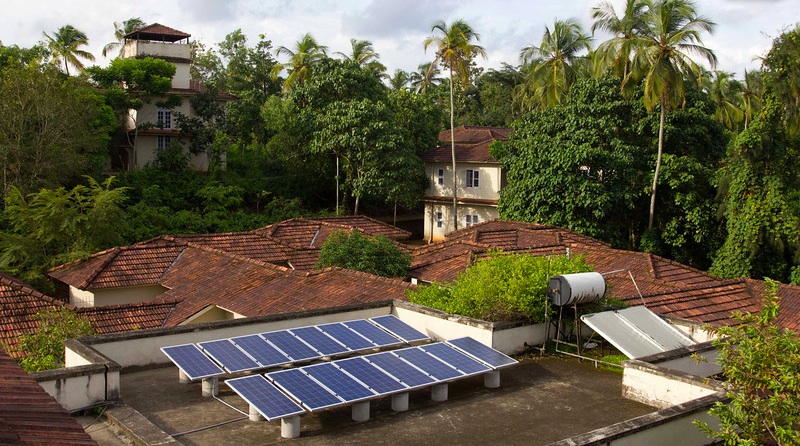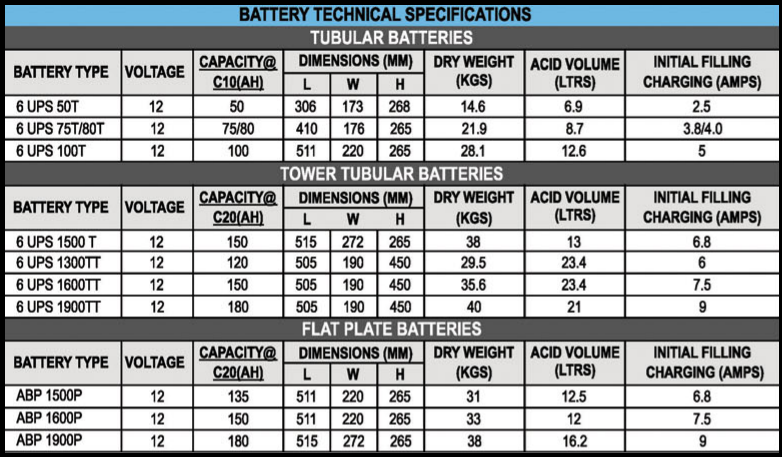Why are our solar panels at an angle to the floor?
Take a walk up to any terrace and look at the solar panels. They look like slides, don't they? Why ever is that? You would guess, correctly, that we want our solar panels to receive the greatest amount of sunlight. The sun does not rise in the exact east each day. The direction of sun-rise [...]








